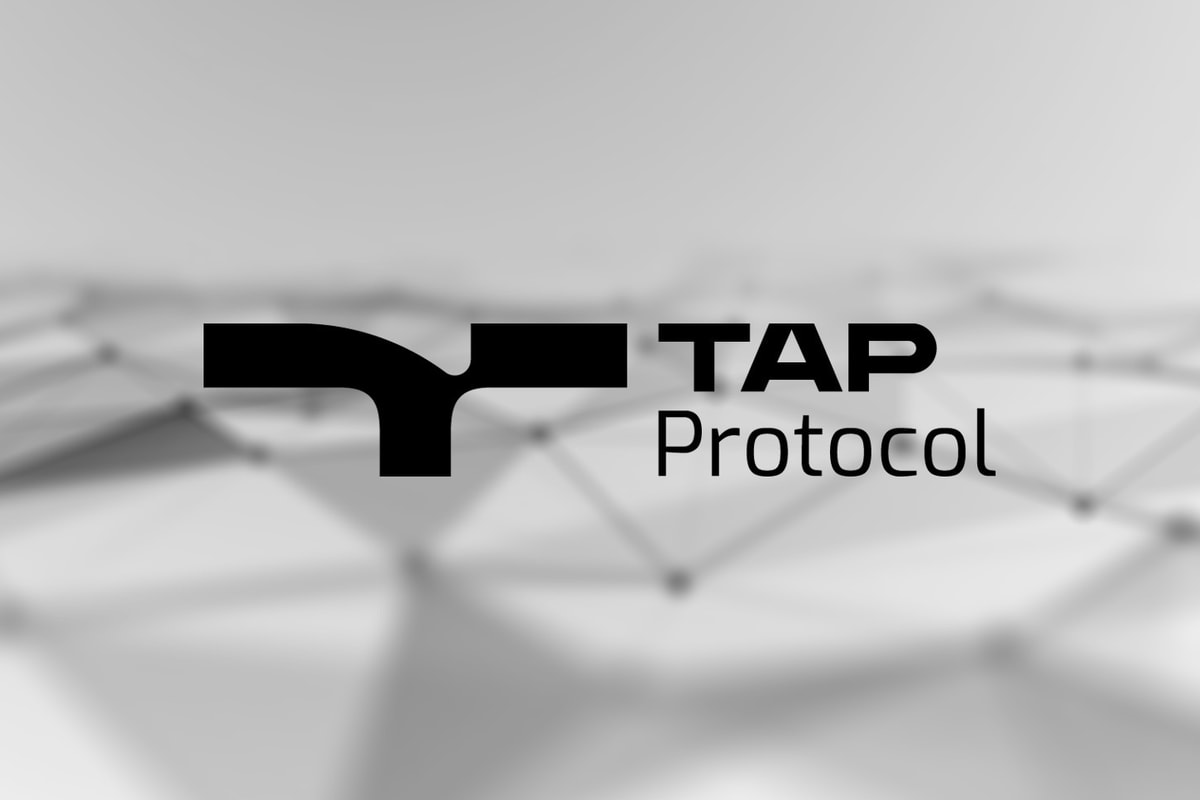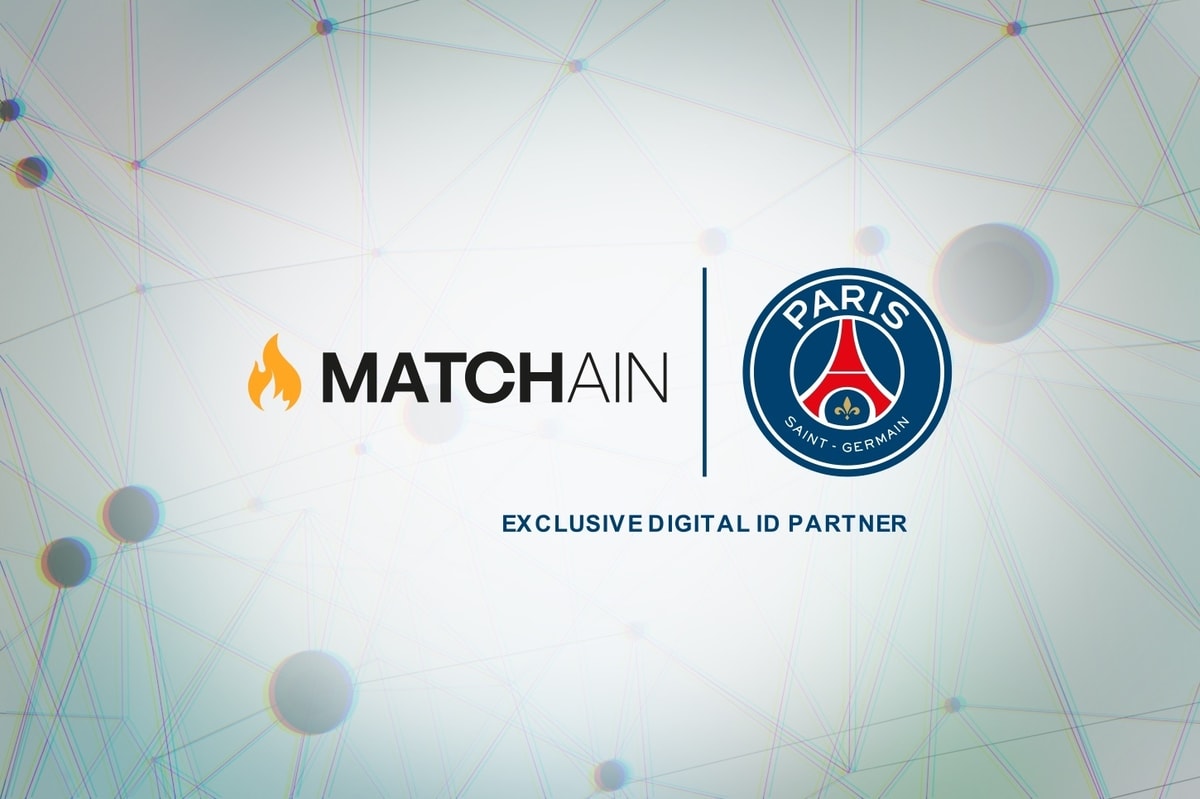Bifrost’s second mint drop has now ended. The drop was divided into three consecutive rounds, each of which had a limit of 5,000 Ether (ETH) minted, with a total limit of 15,000 ETH. Voucher Ether (vETH) minted is eligible for Bifrost Native Coin (BNC) rewards according to the rules.
- Round 1: 250,000 BNC (50 BNC / Mint 1 vETH)
- Round 2: 150,000 BNC (30 BNC / Mint 1 vETH)
- Round 3: 100,000 BNC (20 BNC / Mint 1 vETH)
The second mint drop took a total of 118 hours, compared to the 216 hours of the first mint drop. This mint drop minted 15,000 vETH 98 hours ahead of schedule, and the locked position reached $24 million. By comparing the three rounds of minting data horizontally, we found that 407 addresses participated in the first round, 174 addresses in the second round, and 133 addresses in the third round. Excluding the addresses that participated in multiple rounds, the number of addresses that participated in the three rounds of vETH minting and held vETH during the campaign period was 574.
– Number of addresses and minting speed in the third minting round
Compared to the 2,788 vETH minted volume in the first mint, Bifrost’s second mint drop grew by 12,212 ETH — a 538% increase. At this stage, the total minted volume of Bifrost reached 17,788 ETH; the total locked position of vETH reached $27 million; and the number of vETH on-chain users grew to 932. In addition, page views for the mint drop totaled 1,588,684, unique views totaled 15,061, including 13,274 new user views, and users from 136 countries learned about the mint drop
On the eve of the Polkadot and Kusama slot auctions, Bifrost conducted a real-world validation of market fervor with the mint drop, which resulted in an average lockup of approximately $55 worth of assets per BNC based on a total of 500,000 BNC in the second mint drop event and 15,000 ETH lockups. With the further implementation of Bifrost’s testnet and products, BNC will have a greater incentive to lock assets. Of course, compared to mint drop, slot bidding will have more intense project competition, liquidity considerations, revenue comparisons and other factors that need to be considered when designing parachain slot-bidding strategies, but the positive feedback from the mint drop will also serve as a basis for the parachain slot-bidding strategy. However, the feedback from the mint drop will also be one of the reference factors for the parachain slot auction strategy.
About vETH
Known as Voucher Ethereum, vETH is a staking derivative issued by Bifrost for Ethereum 2.0. VETH will be launched in four phases and will eventually become an ERC-20 and Substrate-based dual-protocol asset. It can be traded at any time without having to wait for the expected one-to-two-year redemption period for the Eth2 launch.
The current annualized staking reward for ETH natively is 8.4%. The staking reward will be distributed to vETH holders in the form of vETH (must be an ETH primary address, no reward will be available for layer two expansion network addresses). Currently, vETH is anchored at a constant one-to-one fixed exchange rate to ETH, pledging 1 ETH to receive 1 vETH, which will be adjusted to a variable exchange rate as vETH enters Phase 3, with the exchange rate fluctuating to settle the staking rewards.
VETH can already be traded on decentralized exchanges, such as Uniswap, Loopring, Sake, Dodo, to name a few. The Current vETH/ETH liquidity depth is $2.2 million. VETH has price fluctuations based on market sentiment, but when Eth2 opens for redemption, 1 vETH can be redeemed via Bifrost at a stable redemption rate of 1 ETH.
vETH will go live in four phases, which are as follows:
- Minting and transferring vETH
- Initiate multi-sign deposit, generating staking rewards
- Convert to ERC-20 and Substrate dual-protocol assets (Bifrost mainnet online)
- Eth2 slicing successful, vETH starts stable redemption of ETH.
Currently, vETH is in the first stage. Based on the Ethereum ecosystem, it has realized the closed-loop functions of transactions, staking reward generation and issuance. The contract is audited by CertiK. After the Bifrost mainnet goes live, vETH will enter the third stage, becoming an ERC-20 token, and Substrate-compatible dual-protocol assets can be used in various parachains while being used on Polkadot.
Current Progress
According to Gavin Wood’s reply in the Element channel, Rococo will gradually increase to 200 validators to confirm that the network layer is working well, and if it goes well, the code will be integrated into Kusama and deployed, which is expected to be completed in a few weeks.
This also means that Bifrost is ready for the parachain access process ahead of the Kusama and Polkadot slot auctions, which will be followed by the release of Asgard CC4, the final testnet before the mainnet goes live. The Bifrost DApp will also be open for user testing, after having received investment from NGC, SNZ, CMS and other early-stage Polkadot institutions. With the help of both technology and capital, Bifrost is expected to be one of the first parachains to get a slot.
About BNC
Bifrost Native Coin (BNC), the native token of the Bifrost protocol, has a total amount of 80 million, with the following detailed allocation structure.
– BNC allocation structure
The BNC rewards for both mint drops are derived from the reserved portion, and the reserved portion is allocated to a defined share based on the parachain auction scheme, mint drop incentive strategy, etc., prior to the Bifrost mainnet launch.
What is Bifrost?
Bifrost is a Polkadot ecosystem DeFi infrastructure protocol that aims to become an infrastructure for providing staking liquidity, currently offering derivatives token vToken for staking and vsToken for the Polkadot lease offering. It is also a member of the Substrate Builders Program and Web3 Bootcamp. vToken can optimize transactions in multiple scenarios such as decentralized finance, decentralized applications, decentralized exchanges and centralized exchanges.
VToken can be used to realize the transfer channel of governance rights such as staking and PLO to hedge the risk of staking assets. In extended scenarios such as when vToken is used as collateral for lending, the staking proceeds can offset part of the interest and realize low-interest lending.
Website: https://bifrost.finance/
GitHub: https://github.com/bifrost-finance
Telegram: https://t.me/bifrost_finance
Medium: https://medium.com/@bifrost_finance
Twitter: https://twitter.com/bifrost_finance
Discord: https://discord.gg/8DRBw2h5X4











